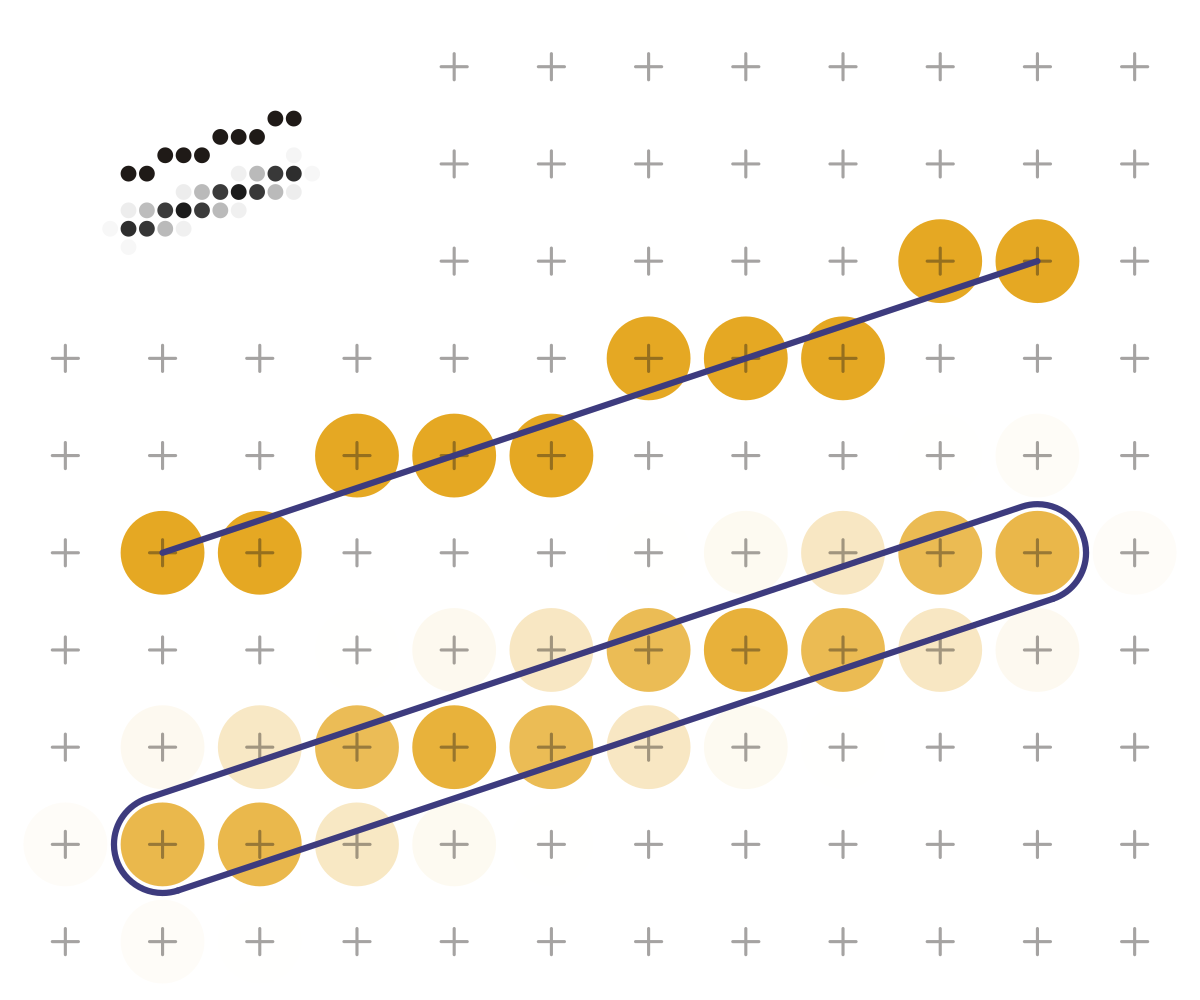Originally posted by murraytony
View Post
Nothing is baked in the base system. There is this function called XQueryExtension
and the software can adapt to using the extension or not. If you type
xdpyinfo
you get the list of extensions that the X11 server supports. It is quite normal for some extensions to be missing on older X11 servers. Software should work without it, providing its own functionality or suffer some performance/functionality penalty. But it should still work.
If that is not the case, it is the fault of application programmer, not the bad design of X11.
Extensions become "baked in" simply by being used. So people expect them for completeness of the implementation. Same thing, which happened on X11 will also happen on Wayland. If it will ever become as popular as X11.




Comment